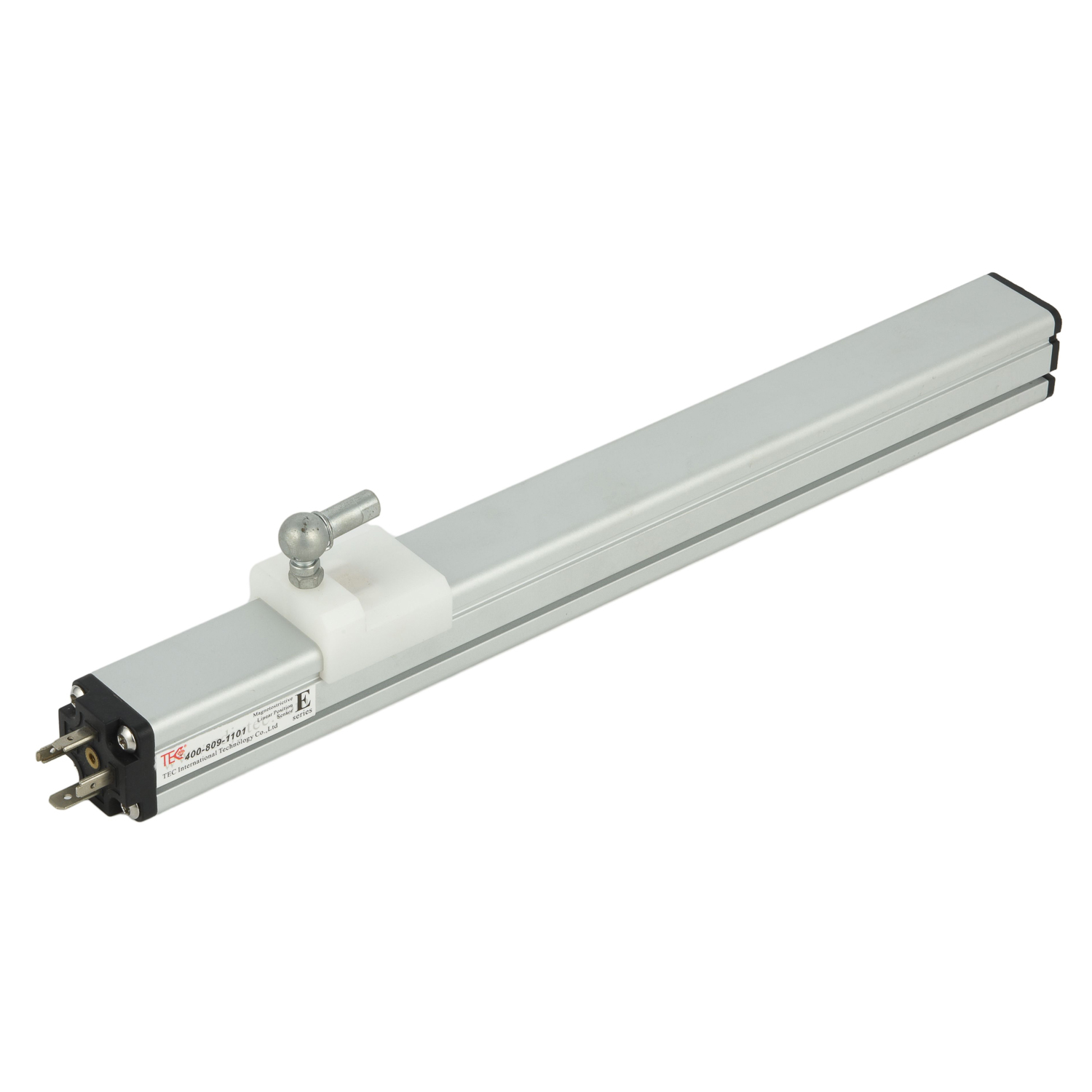What signal conditioning methods exist for magnetostrictive sensors?
Signal conditioning forms the critical bridge between raw data acquisition from magnetostrictive sensors and meaningful measurement interpretation. These electronic processing techniques transform the sensor's native output signals into clean, reliable data suitable for industrial control systems and precision instrumentation. Without proper conditioning, the subtle position or pressure measurements captured by magnetostrictive elements would be lost in electrical noise and non-linearities. The implementation of appropriate conditioning methods directly determines measurement accuracy, system stability, and overall operational reliability in applications ranging from industrial hydraulics to precision manufacturing.
Amplification stands as the fundamental first step in magnetostrictive signal processing. The initial voltage signals generated through the Wiedemann effect are typically minute, often measuring just millivolts in magnitude. Instrumentation amplifiers with high common-mode rejection ratios (CMRR) elevate these weak signals to robust levels suitable for subsequent processing stages. Differential amplification configurations prove particularly valuable as they effectively cancel noise picked up along sensor cabling. Modern integrated circuit amplifiers provide gains exceeding 1000:1 while maintaining temperature stability, ensuring that signal integrity persists across varying operational conditions.

Filtering techniques constitute the second critical defense against signal degradation in magnetostrictive systems. Low-pass filters effectively attenuate high-frequency electromagnetic interference (EMI) originating from motors, power lines, and switching equipment commonly found in industrial environments. For applications involving dynamic measurements, band-pass filters preserve essential frequency components while eliminating both low-frequency drift and high-frequency noise. Advanced implementations utilizing active filter topologies with precise roll-off characteristics provide superior noise suppression without compromising the transient response characteristics essential for accurate position sensing.
Linearization processing addresses the inherent non-linearities present in magnetostrictive sensor outputs. Despite their fundamental operating principles, these sensors often exhibit slight non-linear responses across their measurement ranges. Digital correction algorithms applied through microprocessor-based systems create piecewise linear approximations that significantly enhance measurement accuracy. Analog alternatives utilizing diode-based function generators provide real-time linearization for applications requiring instantaneous response. The choice between digital and analog approaches typically balances precision requirements against processing latency constraints.
Temperature compensation mechanisms counter the thermal dependencies that affect magnetostrictive sensor performance. The permeability of the waveguide material and the electronics' characteristics both vary with temperature fluctuations, introducing measurement drift. Integrated temperature sensors provide reference measurements that feed into compensation algorithms, automatically adjusting gain and offset parameters. Advanced systems implement predictive compensation models that account for thermal gradients along the sensor's length, maintaining accuracy even during rapid temperature transitions common in industrial processes.
Modern digital signal processing has revolutionized conditioning for magnetostrictive sensors. Microcontrollers and dedicated DSP chips implement sophisticated algorithms for real-time noise reduction, adaptive filtering, and dynamic compensation. These programmable systems facilitate field calibration and parameter adjustments without hardware modifications. The integration of digital communication protocols like IO-Link and CAN bus enables continuous monitoring of signal quality while providing diagnostic capabilities that predict maintenance needs before performance degradation occurs.
The implementation of these conditioning methods culminates in calibrated output signals ready for system integration. Final signal scaling translates processed measurements into standardized industrial signals such as 4-20mA analog currents or digital values representing exact position measurements. Electrical isolation stages protect sensitive control systems from voltage transients while ensuring signal integrity in electrically noisy environments. This comprehensive conditioning chain transforms raw magnetostrictive phenomena into reliable data that drives precision automation systems with micron-level accuracy.
 UpgradingYourLevelMeasurementS
UpgradingYourLevelMeasurementS
 Why are magnetostrictive level
Why are magnetostrictive level
 ComparingMagnetostrictiveandRa
ComparingMagnetostrictiveandRa
 MagnetostrictiveLevelSensorfor
MagnetostrictiveLevelSensorfor
